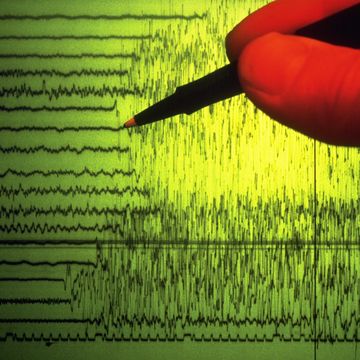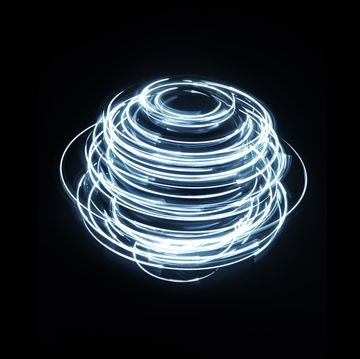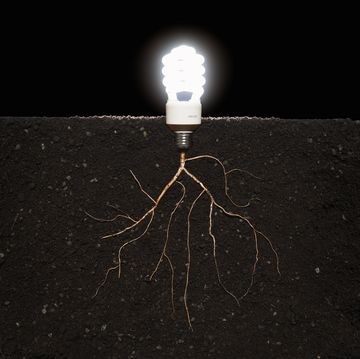- Theoretical physicists believe math shows the possibilities of a fourth dimension, but there’s no actual evidence—yet.
- Albert Einstein believed space and time made up a fourth dimension.
- An example from a string theorist gives a view of what a fourth dimension could be.
We move through three dimensions. Or do we? String theorists believe our world encompasses more than three dimensions. Without experiential evidence, the mathematical theory of space and time as a fourth dimension has remained just that since the days of Albert Einstein: a theory.
But in a new video from Big Think, Brian Greene, a string theorist from Columbia University, offers up a relatively simple explanation of just what a fourth dimension could entail—and where it could be.
In the clip, Greene says that while “math suggests a real possibility there may be more dimensions than the ones we directly experience,” our minds have trouble comprehending just where they could be. Already, we move through three dimensions—left-right, back-forth, up-down—so how is there any room left? “That’s really the point,” Greene says. “They are new places that our experience doesn’t allow us to access directly, but according to these theoretical ideas, might be there.”
Greene offers up a garden hose as a good example of what the fourth dimension looks like. From far away, this garden hose may look one-dimensional to the naked eye. From a distance, we simply can’t see the circular nature of the rubber. But if we use a pair of binoculars, Greene says, we can see the circular part. This example shows that dimensions can be big. They could be so big we see them with our eyes, or they could curl up and become tiny and more difficult to detect, as is the case with the garden hose.
“This idea might apply to space itself,” Greene says. Maybe the left-right, back-forth, up-down dimensions are simply the big, easy dimensions for us to see. “But just as the hose has a curled-up dimension, maybe space itself has curled up dimensions all around us, just curled up to such a fantastically small size we can’t see them with our eyes,” he says. “We can't see them even with today's most powerful microscopes.”
Tim Newcomb is a journalist based in the Pacific Northwest. He covers stadiums, sneakers, gear, infrastructure, and more for a variety of publications, including Popular Mechanics. His favorite interviews have included sit-downs with Roger Federer in Switzerland, Kobe Bryant in Los Angeles, and Tinker Hatfield in Portland.












